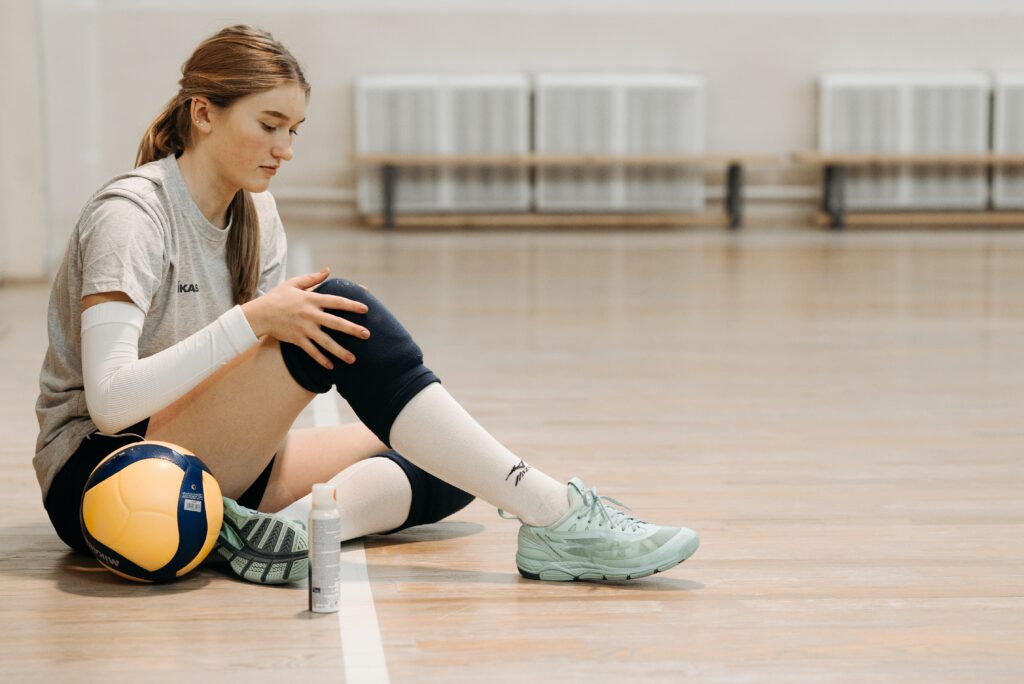Achieving Recovery: The Role of Physical Therapy in Managing ACL Injuries
Introduction
Physical therapy can be a great way to manage an anterior cruciate ligament (ACL) injury and help you on your road to recovery. As ACL injuries are becoming increasingly common in sports, understanding the benefits of physical therapy is important for anyone looking to return to their normal activities as soon as possible. Physical therapists have a variety of different treatments that they will use depending on the severity of the injury, and these treatments can help reduce pain and swelling while helping you regain a full range of motion.
What To Expect at Physical Therapy
If you’re heading into physical therapy after an ACL injury, it’s crucial that you’re ready for what’s ahead. Your physical therapist will assess your knee to determine the extent of the damage, starting with a range of motion testing and strength and stability exercises to detect any deficits. This evaluation will guide the rest of your therapy plan.
Once your initial evaluation is over, your physical therapist will develop a personalized treatment plan. This plan will typically include focused exercises and targeted modalities like heat or cold therapy, ultrasound, and electrical stimulation. Regular follow-up sessions are essential to track progress and ensure proper healing. With the right approach and a dedicated therapist, you can get back to your former mobility and strength in no time!
What Types of Exercises You Might Do
Depending on the severity of the injury, your physical therapist may create a specific plan for you to help restore strength and stability to the knee. Some exercises that are commonly used in ACL rehab include:
Leg press: The leg press is designed to help strengthen the quadriceps and hamstrings which support the knee joint.
Hamstring curls: Hamstring curls target the hamstring muscles helping to stabilize the knee joint when bending and straightening.
Step ups: Step ups improve balance and stability, and enhance range of motion in the knee joint.
Balance exercises: These can involve standing on one leg or using a BOSU ball to challenge balance.
Squats: Squats are designed to strengthen leg muscles including hamstrings, calves, glutes, and quadriceps, as well as improve knee joint stability.
Lunges: Lunges enhance balance and control while also targeting several leg muscles, improving knee joint function.
How Long Recovery Takes
The length of time it takes to fully recover from an ACL injury can vary depending on the severity of the tear and other factors, such as age and activity level. Generally speaking, a full recovery may take anywhere from four to six months, although in some cases it can take up to 12 months or longer. During this time period, it is important to stick with your physical therapy plan and follow all instructions given by your physical therapist.
How Physical Therapy Prevents Re-Injury
Physical therapy has been shown to help reduce the risk of re-injury following an ACL tear. This is accomplished through targeted exercises that focus on strength-building and stability. These exercises are designed to help improve the strength of the quadriceps and hamstrings, as well as increase balance and stability. Strengthening these muscles can help prevent re-injury, as they help to stabilize the knee joint and reduce strain on the ACL.
Conclusion
Physical therapy is an effective treatment for anterior cruciate ligament (ACL) injuries. Physical therapists are highly skilled professionals who specialize in creating targeted rehabilitation plans that focus on restoring strength and stability to the knee joint following an ACL injury. By targeting specific muscle groups through exercises such as leg press, hamstring curls, step-ups, and balance exercises, physical therapists can help reduce pain and inflammation while helping to prevent re-injury. Although recovery times may vary depending on several factors, physical therapy can help ensure that the injury heals properly and quickly.

